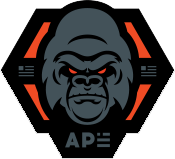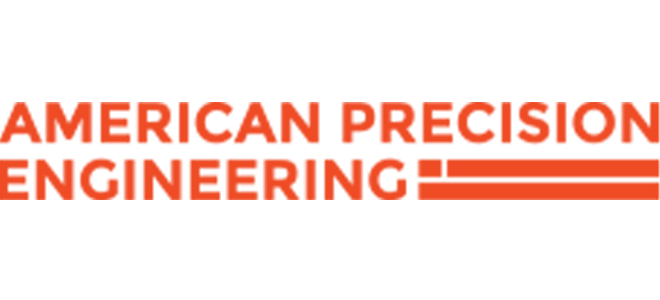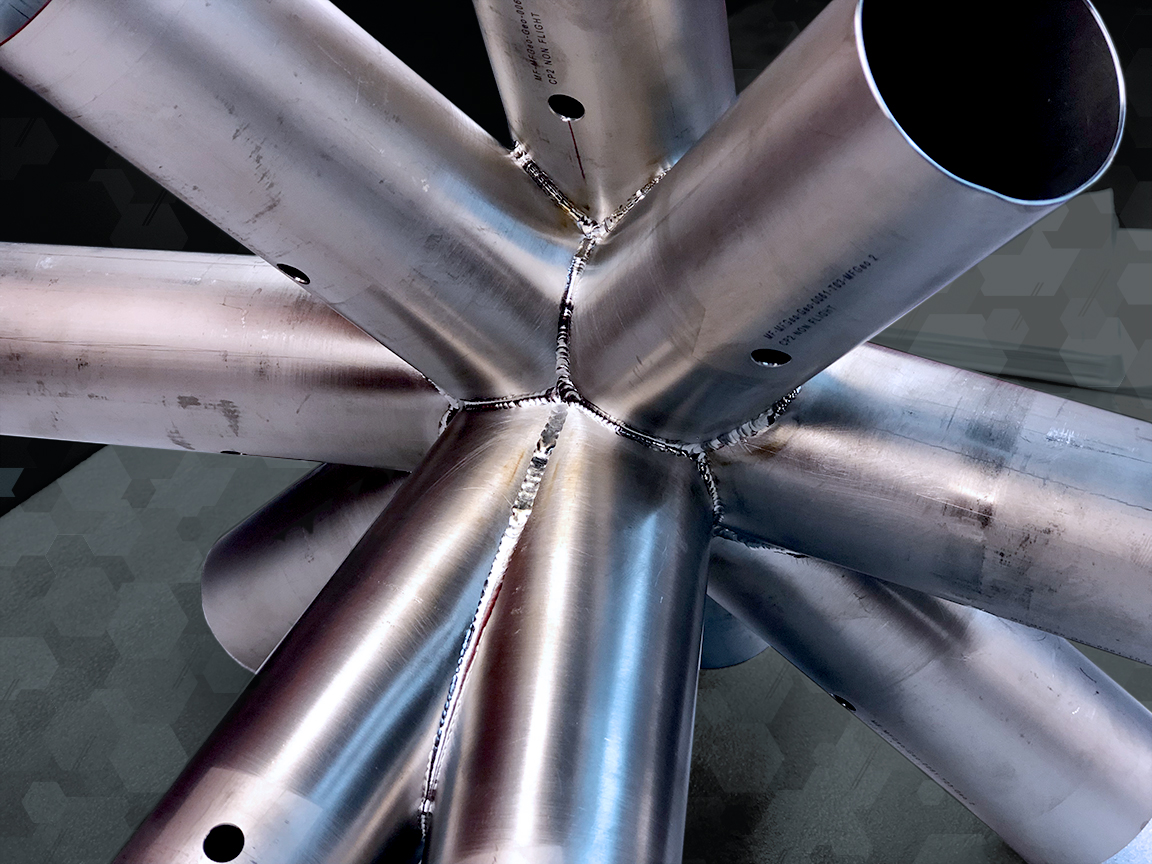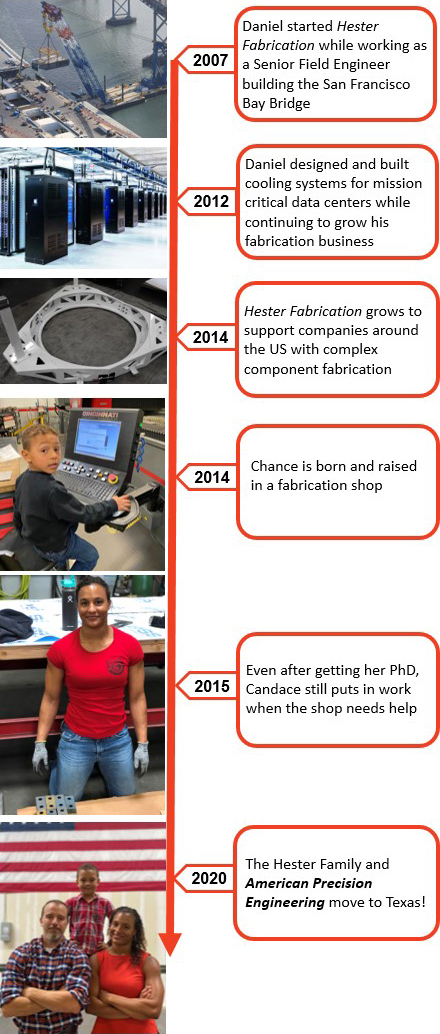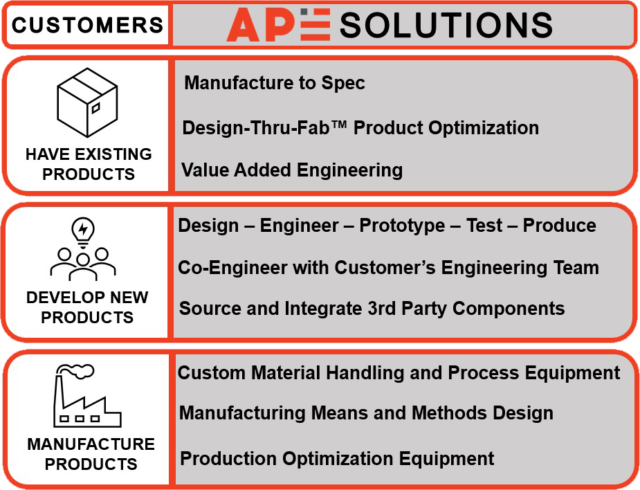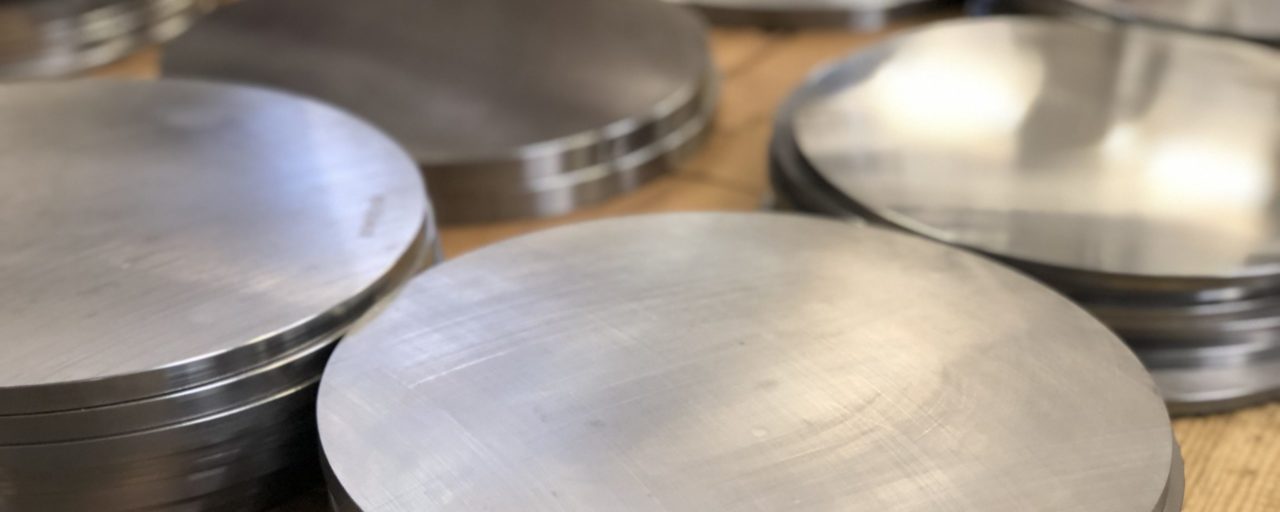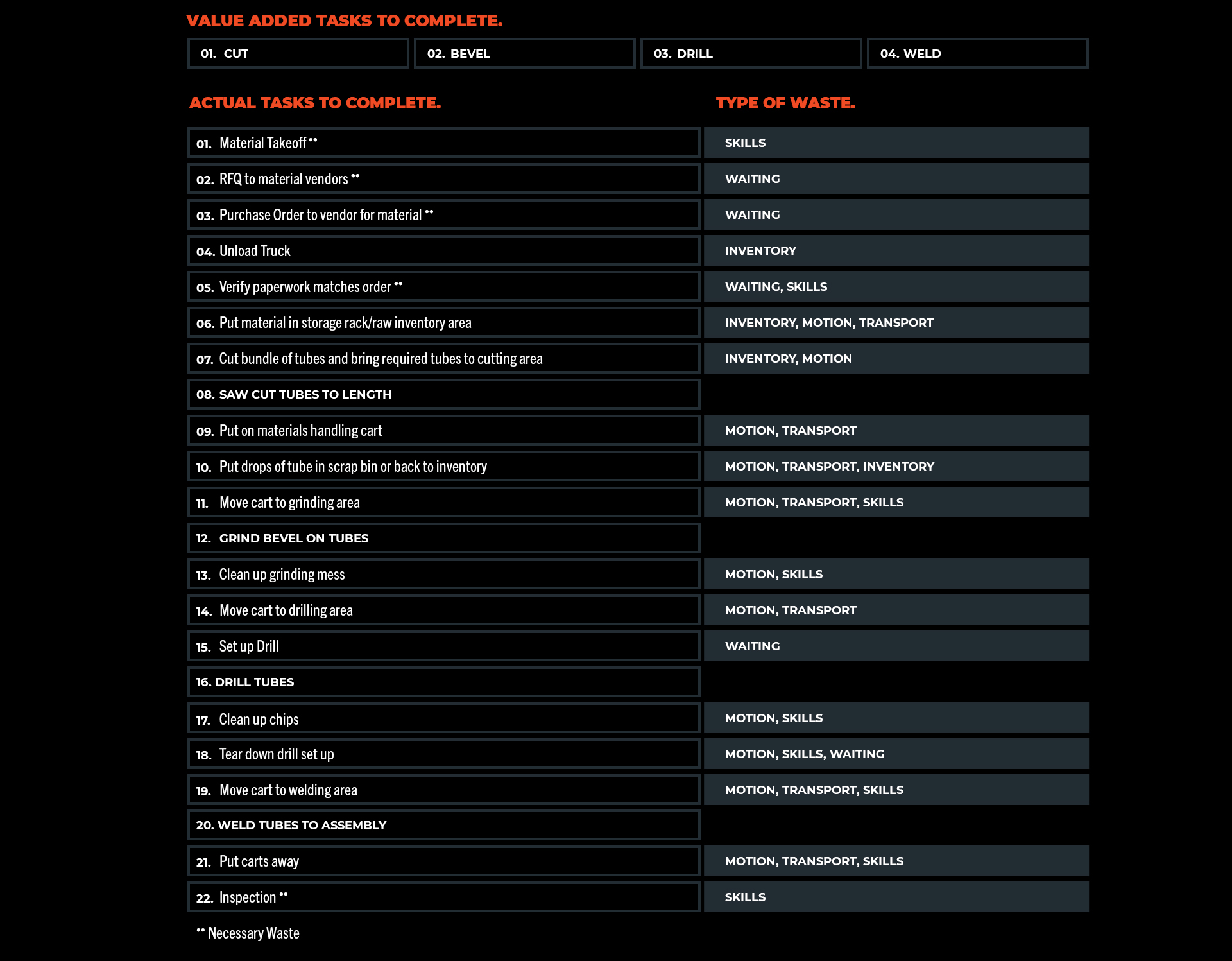In the early months of the Coronavirus outbreak, we learned of the perils of unanticipated supply chain weakness in the medical field. As governments worldwide worked to stockpile masks, ventilators, gloves, sanitizer, and medication, reliance on a few Chinese manufacturers proved critically problematic. And though in time companies with alternative specialties were able to pivot to provide these goods, many of those efforts yielded too few resources and too late. In a similar vein, many product developers and manufacturers can find themselves with unanticipated weaknesses in their product lifecycle process. They may invest the time of an in-house engineer to detail a model that includes unanticipated weaknesses in the design and/or into their part selection. Or they may rely on a manufacturing process which builds in unnecessary inefficiencies. In either case, developers and manufacturers may integrate unforeseen inefficiencies which cost time and resources, and also leave them open to unnecessary supply chain weaknesses. At APE, we anticipate and alleviate weakness in the product lifecycle for our customers. We provide a range of services to, One mechanism that APE has to improve our customers’ product lifecycle efficiencies is through our Design-Through-Fab (DTF) process.
DTF is work methodology that continuously monitors the project to optimize quality, schedule, and price. Using the DTF method we can utilize APE-specific best practices into the design to enhance production efficiencies. Additionally, APE’s DTF methodology optimizes the interface across project stakeholders, reducing engineering and management resources required by the customer. In this way, DTF creates a continuous improvement loop to make sure changes that improve the project outcome are consistently implemented through each step of the product lifecycle, starting from the design concept and following the project all the way to completion. This assures that the improvements are stable and agnostic to any single part supplier or manufacturer. Therefore, by taking advantage of DTF, our customers avoid inefficiencies associated with the time and resources required to create details that ultimately will not work in the shop context. And using DTF, APE can detail parts to manufacture efficiently, make drawings to flow seamlessly through our shop, and provide the customer with perfectly functioning CAD models and a great product for a good price. Consider a recent project for a large global corporation, that I’ll refer to as Company X. Company X emailed us a SolidWorks model of a stainless steel test chamber used in a manufacturing environment and wants a quote to finish the model and create the required shop drawings. We quoted the job using his model and our proprietary quoting system that is based on historic data and submitted the quote. Because of the design, I anticipated that the customer was going to feel that the price was too high. To head this off, I called the customer to explain why the price is so high. We quote essentially “by piece, and by pound” so that the more pieces the design has, and the more it weighs, the more it costs. So, when a project could be built using 6-8 individual parts, has 48 parts, I know it’s going to be too expensive for what it is trying to accomplish. Despite being disappointed, the seems to understand my reasons for the high price. I assure him that I could submit a price to design the product, and using DTF, I would be able to substantially reduce the production price. But Company X did not see the value of this, as they were convinced that they could improve the design on their own. A few days go by and I get another email from their engineer asking my thoughts on his revised design. I gave him a few pointers, and waited a few more days for the next revision from him. Three weeks and 67 emails later (seriously, 67) he had a design he was ready to fabricate as a first article. The price was still higher than he wanted (and higher than our DTF process would have rendered) but he seemed convinced the prototype would give him the feedback he needed to get the design tweaks down to make it an affordable production run. We are finally off the fabrication phase. But first we are stuck waiting for three weeks for hardware he designed into the door which is only available in Europe. After the hardware arrives, we it will not work with the door design. This requires us to modify multiple parts, make some new parts, and design a custom latch plate. Eventually we finish the project. The engineer is happy with his design and happy with our fabrication, albeit several weeks late due to the delivery of his hardware and the debacle that it caused. About a week after delivery of the first article, company X calls back. During testing, a design failure of the product buckled the door causing a violent explosion. Thankfully, no one was hurt, and no other machines were damaged other than the product itself. At this point, company X became convinced to scrap their design and pay for our services. What was the cost of this lesson to Company X? What unnecessary risks did they take on? What indirect costs were incurred by having their engineer working on this instead of what his normal engineering duties? Just because you can eventually get to a “good enough” result does not mean that it makes business sense for you to do it yourself. Often your overall cost is much less, and your product is much better when you hand it over to APE. Having an engineering department doesn’t make you an expert any more than owning a knife makes you a butcher.
What is Design-Through-Fab (DTF)?
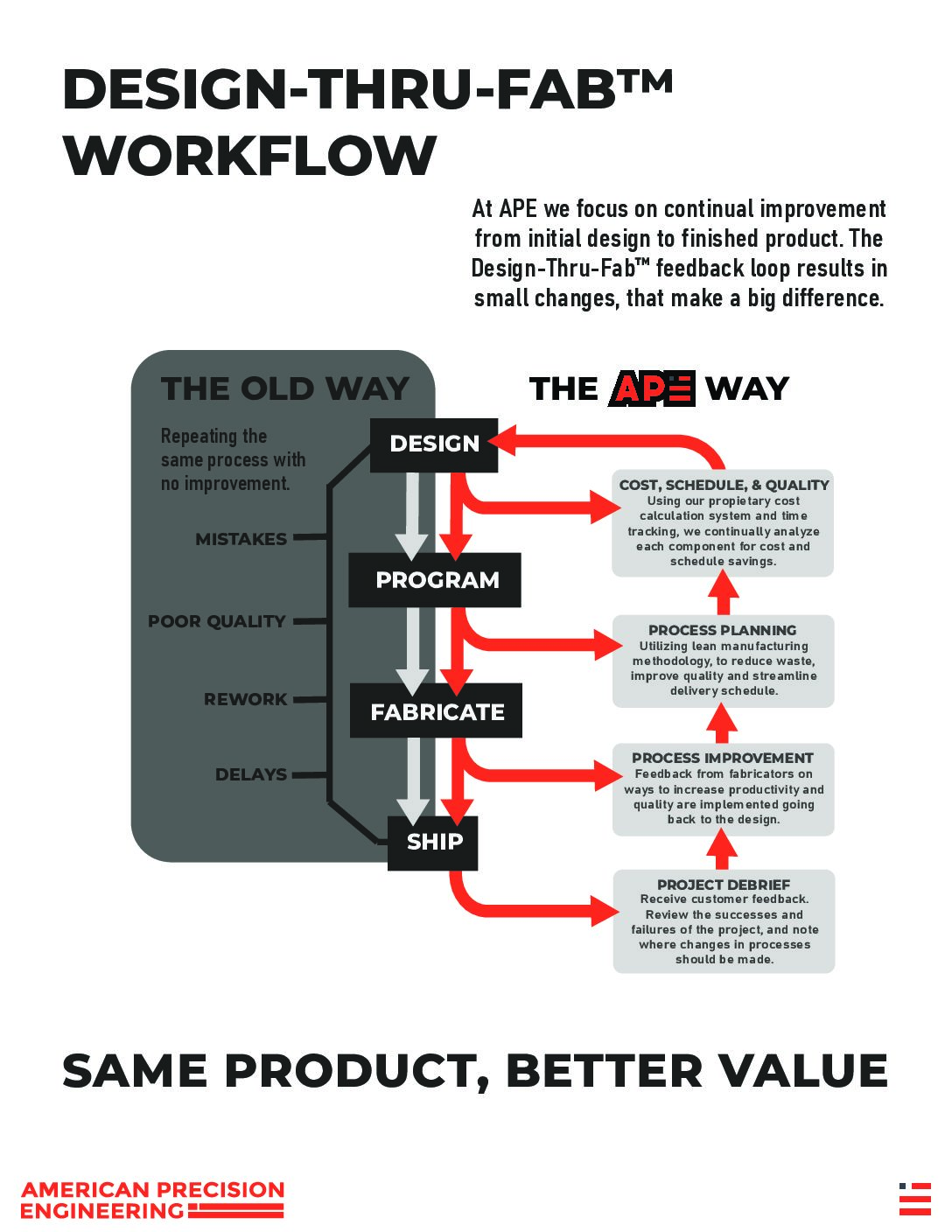
A Case Study on the DTF Value
Manufacturing
As any family member or business owner can attest, the ability to endure and thrive over time (especially in the presence of a global pandemic) requires flexibility and adaptation. It also requires a keen attention to the evolving needs of those around you. As Daniel’s career evolved from lifting 3-million-pound bridge pieces to designing data center cooling systems, Candace completed graduate school, and Chance was born. Throughout this time, the supports we provided to one another adapted, with an evolving understanding of each persons’ needs. In a consistent fashion, the mission of American Precision Engineering (APE) is to provide engineering and fabrication services based on a durable and adaptable cross-industry understanding. APE uses its Design-Thru-Fabrication methodology to imbed a system of supports to enhance customers’ profitability and viability even in the face of market challenges.
APE’s diverse continuum of customer supports span the product life cycle:
APE understands the opportunities and weaknesses which can undermine the product development process. Without APE, well-intended but ill-conceived designs often integrate inefficient features that introduce unnecessary specialized and expensive tooling. At the least, inefficient features cost unnecessary money. At worst, they introduce weaknesses which put customers at undue risk to market shocks. APE’s methodology considers the entire product lifecycle, taking into consideration granular process components so that APE customers can focus on their strengths. In the face of the most egregious economic downturn in recent times, APE customers have a critical support system in our team which will allow them to thrive into the future. Contact APE to access these services today.
American Precision Engineering:
A family run metal design and fabrication firm built to strengthen the long-term success of industrial and commercial companies
Whenever I have managers that are tasked with improving productivity, they often attempt to do things like get people to “work faster” and “work harder” and “stay more focused.” While those are admirable traits to have in a good employee, it’s a loser’s game if you plan on building a business by going that route. Instead, I teach my employees to be lazy and take the easy route.
Being a hard-working focused person is great. If you are reading this article, then chances are that you fall under this category, so you can pat yourself on your back. Well, maybe before you do that, let’s think about a few things. Do you bring that same focus and energy to your job every day? Do you expect others to? Do you ever have days that are harder for you to focus? Have you ever walked into work with, let us just say, less than optimum sleep? How hard working were you that day? What about your focus? What about that mortgage payment, student loan, sick child, or argument that you had with your spouse last night? How is your focus now? It’s easy for us all to fall into the mindset of “I’m the only one with all this stress” but the reality is that every person comes to work tired and with a lot of things are their mind. So, I teach them to be lazy and build systems around them to make work productive no matter focused and hardworking they are any given day. When I say teach them to be lazy, I am not talking about the guy that walks around the shop always carrying a box filled with air to look busy so that he doesn’t actually have to do any real work. You know that guy. Instead I’m talking about building systems in your business that make being lazy the most productive work environment you have ever seen. The thing about being this kind of lazy is that it takes hard work and dedication. It takes a mindset of continual improvement in search of even more laziness. The thing about work is that most of what we do is waste. It’s an unfortunate reality that even some of the most productive shops have an immense amount of waste. It’s everywhere. What percentage of the time is your crew doing something that directly adds value to the customer? What part of your direct and indirect expenses come from transportation, inventory, wasted motion, waiting, over-processing parts, over-producing parts, defects, or wasting peoples skills. Think about that jerk TIM WOODS that is not only stealing your profit but making you work so damn hard.
Take for example the life of raw materials from the initial delivery until you have no more of it in your facility. Eventually all that material leaves as either product or scrap. Even if you take out the finance portion of the equation, you almost certainly spend more money on waste activities then you do on value added activities. I can sense some doubt in this, so let’s look at this example. Let’s use an example of a 2×2 square tube that gets cut to length, beveled fora weld, a hole drilled, and then ultimately welded into a frame.
Now do you believe me that you spend more on waste activities then you do on value added? A lot of wasted motion, transportation, and skills from the beginning to the end. Maybe that guy that walks around with the empty box isn’t that much different from the rest of crew after all. If lazy people do less then, hardworking people, than I’m a big promoter of laziness when it comes to wasteful activities. So how do you fix it? Here are 4 steps to build a company that eliminates waste
And you need to mean it. I don’t want to make my crew sweat every day. Even in a manual labor intensive business of metal fabrication, if you are doing it right, you are not sweating (leaving aside the whole, welding is liquid metal in your face all day part of perspiration). The crew must know that you have their interest in mind. They need to trust you. (More on this in Step 3)
The goal is NOT to work hard. Remember, we don’t want to work hard. The goal is to cut, bevel, drill, and weld as many tubes as we can to the required quality standards each day with the minimum amount of labor and material. The importance of this being understood by your team cannot be overstated. In a morning meeting, if I ask Jimmy what he is doing today, and his answer starts with “I’m working on……” then I know I have failed at my job to make sure he knows what we are doing. Jimmy’s job is not to “work on” anything. Doesn’t the guy walking around with the empty box say he is working? Jimmy’s job is to cut, drill, and weld. His response should start with, “Today I am going to cut & drill 90 tubes, and weld 65 frames”. While this might seem like I’m getting too deep into semantics, trust me that I’m not. Remember that we are trying to teach laziness. “Work” doesn’t sound like lazy to me. Get away from “work” and get focused only on the value added words. Teach your team to narrow their production language down to only value added verbs. Cut, drill, bend, weld, bevel, etc.
As management, we can easily start to think that we are the only ones with good production ideas. However, if there is a subject matter expert in hard work at your shop, wouldn’t it be the person that is actually doing the hard work? What is often overlooked is thatJimmy hates doing the wasteful tasks as much as you hate paying for them, and most likely, if it is a task that makes him sweat, he hates it more than you. He has almost certainly thought up a bunch of economical solutions to these problems. Trust me on this. Go ask Jimmy. Where your plan required a $250,000 robot, his plan required a 6″ long piece of scrap metal and 15 minutes of work to solve the same problem. If you have built a relationship of trust and done a good job explaining the actual goal, you won’t even have to ask jimmy for ideas because he already took it upon himself to build his solution. This highlights the importance of step 2. If he is just trying to find a way to store material, he might forget that the point is not to store material better. The point is to get more value added tasks done in a day. Even if he doesn’t have any good ideas to eliminate waste, tell him yours and see what he thinks. Ask him, “How many more tubes do you think you could cut in a day if you didn’t have to waste so much time pushing carts around to get inventory?”
The idea for an improvement is worth the napkin it is drawn on. Remember rule 1? TRUST! How much will your team think you care if you don’t do the things that make their job easier. This doesn’t mean that you need to do things just to appease your troops. It means that YOU should put in the work to make the changes to reduce waste. Start small. Go for the easy wins. You probably don’t need to buy the automatic sheet stacker to start cutting down on waste. While these steps are simple, they are not easy. Get out there work hard today so you can be lazy and more productive tomorrow!
LET ME EXPLAIN THIS A BIT.
EIGHT TYPES OF WASTE.
1. START BY EXPLAINING TO THE TEAM THAT YOU DON’T WANT THEM WORKING AS HARD.
2. EXPLAIN THE GOAL.
3. SEE WHAT IDEAS THEY HAVE TO NOT WORK SO HARD.
4. IMPLEMENT YOUR IDEA!
13610 Immanuel Rd, Pflugerville, TX 78660
ADDRESS
